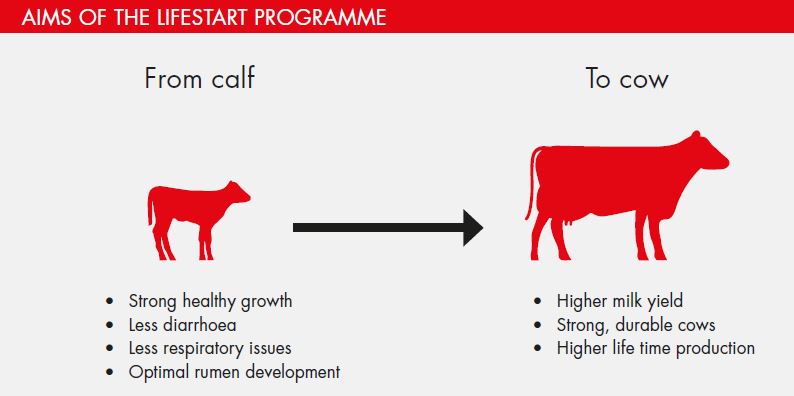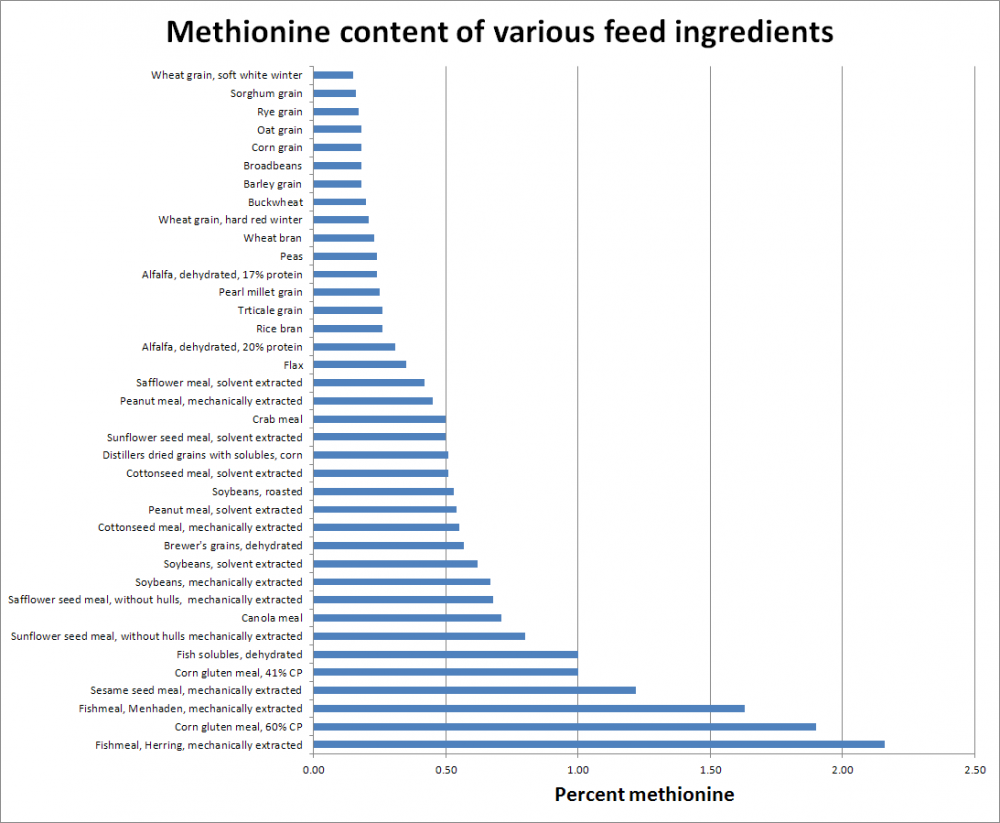Lettura consigliata: Nutrients and Signals

Correct calf management leads to productive cows, 2017
Acido fitico: meglio avere mangimi senza o digerirlo?
phytic+acid+soybean+cattle
Methionine as essential nutrient

Synthetic Methionine and Organic Poultry Diets, 2013
Calves

Growth Performance, Feeding Behavior and Physiological Responses of Young Growing Holstein Male Calves to Dietary Chromium-Methionine (Cr-Met) Supplementation Related to Body Weight and Age, 2018
Conflicting results. Why?
metabolic+signature+cows
Methionine Supply During Late-Gestation Triggers Offspring Sex-Specific Divergent Changes in Metabolic and Epigenetic Signatures in Bovine Placenta.
Abstract
BACKGROUND:
Nonruminant male and female offspring respond differently to gestational nutrition, with placenta contributing to the underlying mechanisms. However, similar data are lacking in large ruminants.
OBJECTIVES:
The aim of this study was to investigate the impact of methionine supply during late-gestation on metabolism and DNA methylation in placenta from cows carrying male or female calves.
METHODS:
During the last 28 d of pregnancy, cows were individually fed a control diet (CON) or the control diet plus rumen-protected d,l-methionine (MET; 0.9 g/kg dry matter intake). Placentomes collected at term were classified according to cow dietary treatment and offspring sex as follows: Male CON (n = 7), Male MET (n = 7), Female CON (n = 8), and Female MET (n = 8). Calf growth was measured until 9 wk of age. Targeted metabolomics, RT-PCR, global DNA methylation, and activity of selected enzymes in one-carbon metabolism and transsulfuration pathways were performed. Statistics were conducted via ANOVA using MIXED models.
RESULTS:
At birth, Male MET calves were heavier than Male CON calves (7.6%, P = 0.02), but body mass was similar at 9 wk of age. In contrast, compared with Female CON, Female MET calves had greater body mass at 9 wk of age (6.3%, P = 0.03). Compared with Male CON, placenta from Male MET calves had greater concentrations of tricarboxylic acid (TCA) cycle and transsulfuration intermediates (23-100%, P < 0.05), along with greater 5-methyltetrahydrofolatehomocysteine methyltransferase activity (67%, P = 0.03). Compared with Female CON, placenta from Female MET calves had greater concentrations of one-carbon metabolism intermediates (13-52%, P < 0.05). DNA methyltransferase 3A (DNMT3A) was upregulated (43%, P < 0.01) in placenta from Female MET compared with Female CON calves. Global DNA methylation was lower in placenta from Female MET compared with Female CON calves (45%, P = 0.06).
CONCLUSIONS:
Methionine supply affects placental metabolism, DNA methylation, and body mass of the calf in a sex-specific manner, underscoring its importance as dietary methyl-donor for pregnant cows.